Interoperability is a term that has become a keyword in the smart market. Indeed, smart devices with the same radio technology must be able to communicate with each other. This is a prerequisite for the expansion of smart buildings.
Nicolas Thiers, Embedded Electronics Engineer at Altyor , NodOn’s parent company, explains that today, no low-power radio protocol has managed to make its mark and become THE standard.
Faced with this observation, there are two opposing camps: the global market would like an open and standardized protocol that promotes interoperability (an equivalent to WiFi, for smart buildings) while some manufacturers renounce interoperability and choose to create their own ecosystem, they reassure while creating more dependency for users. And yet…
“Interoperability means creating a world where users are free to choose the device they need according to the design, their needs and budget” explains Nicolas Thiers.
The technical viewpoint
According to Nicolas Thiers de Altyor, there are two possible ways to promote this:
- create multi-protocol gateways, which will be the brains of these smart devices and will be complex (reliability and cost) to maintain,
- create devices that can support these different protocols.
As a manufacturer, we have made our choice: it will be the second, through our 2.4GHz OEM solution. The 2.4GHz chip allows the addition of custom applicative firmware for the chosen standard protocol (Bluetooth or Zigbee or Thread) and integrates into NodOn hardware that is already CE certified, well-known and approved by the market. We collaborate with two suppliers to offer our customers the solution that will meet their needs.
Nordic’s nRF52840 chip: a nugget for designing an interoperable product
Thomas Holmberg, Senior RSM Europe at Nordic, presents this very special chip.
“The nRF52840 chip features an integrated circuit architecture for maximum flexibility. It is also optimized for hardware and includes NFC for fast and easy product pairing. This single chip provides a very good feature to performance ratio to optimize the investment.”
The Nordic nRF52-series are one of the most powerful, flexible and power efficient RF IC’s available on the market with an easy code migration going from one nRF52 SoC to another. Some of the secrets are the use of EasyDMA for all Peripherals, a Nordic proprietary programmable peripheral interconnect system (PPI) for HW acceleration as well as a fully automatic power management system to optimize efficiency. This allows the MCU’s to sleep as much as possible where the system blocks and peripherals can do the preset tasks and events – all to save power.
The application span huge, from the simplest consumer devices to advanced high-end products.
The nRF52840 multi-protocol chip is a caviar for any company wishing to quickly launch its Bluetooth, Zigbee or Thread product compatible with its ecosystem.
Alexis Polegato, CTO of NodOn said: “We work with Nordic because we are committed to providing reliable solutions to our customers. Their products are powerful, consume little power, it was obvious to use their multi-protocol chip.”
A chip with a lot of power
Nordic’s top product, the nRF52840 chip is distinguished by its:
- Multi-protocol: Bluetooth Mesh, Bluetooth LE, Zigbee 3.0, Thread, 2.4GHz proprietary and ANT
- Certified Bluetooth Long Range and Bluetooth 5.0
- +8dBm output power and -96dBm sensitivity (1Mbit BLE)
- Coverage: from 24KB RAM/192KB Flash to 256KB RAM/1MB Flash
Launched on the market in 2017, it enabled Nordic to break a record of 65,000 development kits sold, the majority of which were nRF52840. The nRF52840 chip has already conquered the world.
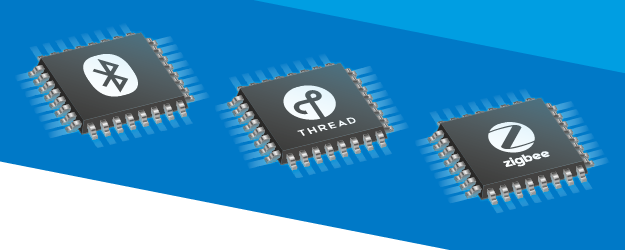
The SoC EFR32xG21 from Silicon Labs, or the cohabitation of several protocols
Matt Saunders, Vice President of IoT Marketing and Applications at Silicon Labs, introduces the Series 2 platform launched in September 2019 and the EFR32xG21 SoC. This platform “supports Zigbee, Thread and Bluetooth mesh, as well as Bluetooth Low Energy and multi-protocol connectivity. The modules target a wide range of IoT applications, including smart LED bulbs.”
The solution from our partner Silicon Labs is defined as “protocol-agnostic” because it supports a combination of protocols, depending on the specific power, range and performance requirements of the customer’s application. “For example, a Series 2 SoC or module can dynamically support Bluetooth Low Energy for commissioning and Zigbee for monitoring the various nodes in the network.” says Matt Saunders.
“In a logic of permanent innovation, we work with Silicon Labs to offer our customers a unique multi-protocol solution. We offer them the opportunity to develop their application according to their needs by choosing the protocol they want to implement Bluetooth, Zigbee or even Thread. This unique hardware allows them to have more flexibility in their technological choices and not to be closed to a single protocol; which is a definite advantage when we see the evolution of the different protocols related to IoT today.” says Alexis Polegato.
A flexible solution that allows developers to design faster
Series 2 SoCs offer developers these important design advantages:
- Best-in-class RF performance with +20 dBm output power and up to +124.5 dB link budget
- Powerful processing with an 80 MHz Cortex-M33 core with TrustZone technology
- Low active current (50.9 µA/MHz) to meet stringent green energy requirements, an advantage of the 40 nm low-power process technology
- Industry’s smallest multi-protocol SoCs in a 4 mm x 4 mm QFN package
- Decrease in the number of BOMs and the cost of the system with fewer corresponding components
What about tomorrow?
“Today, a multi-protocol 2.4GHz chip allows you to choose your protocol without having to change the hardware. The next step is to be able to implement several protocols within the same product, which can work simultaneously. We can then think of a bi-protocol product; in Bluetooth to allow a direct connection with a smartphone and thus facilitate its configuration, and in Zigbee to make different products communicate within the same ecosystem, thanks to the strength of its mesh network. This type of operation can be implemented on the hardware as we propose in our 2.4GHz solution “ explains Alexis Polegato.
See you soon to discover our article on the market vision of our experts and partners. We will talk about the RF protocol of today and tomorrow.
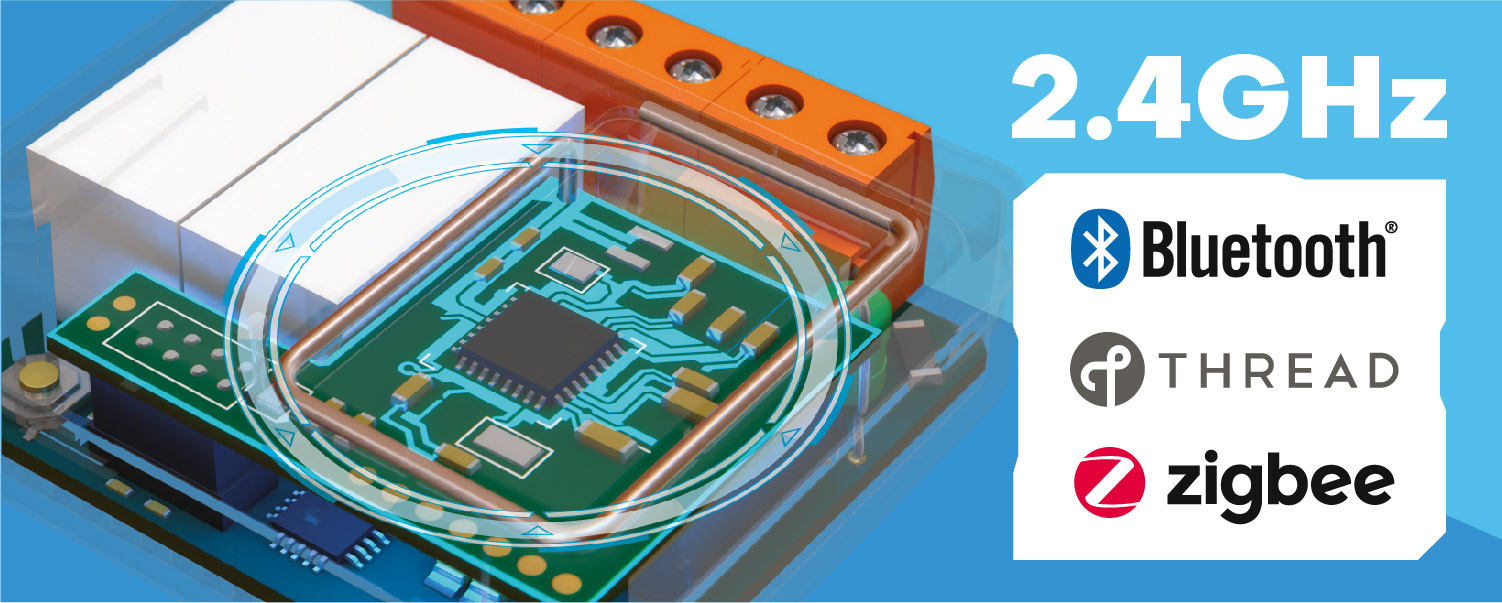





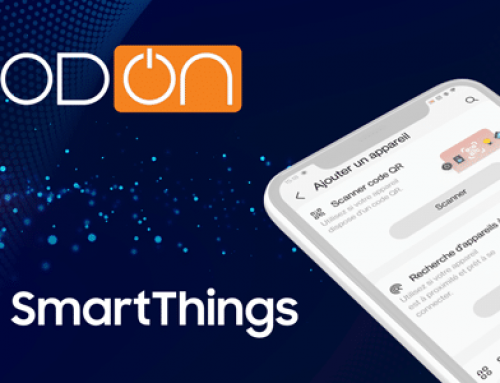
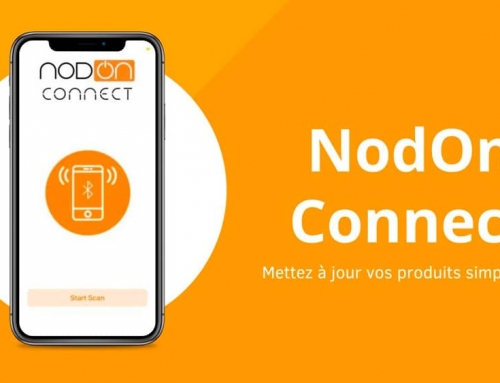



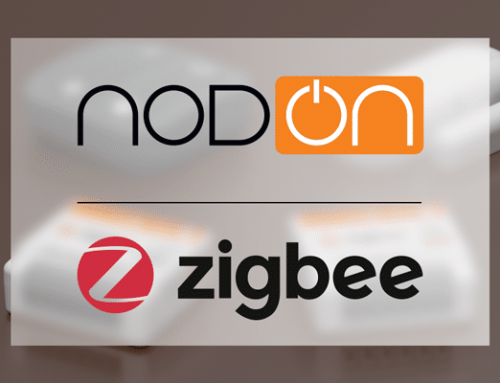

Leave A Comment